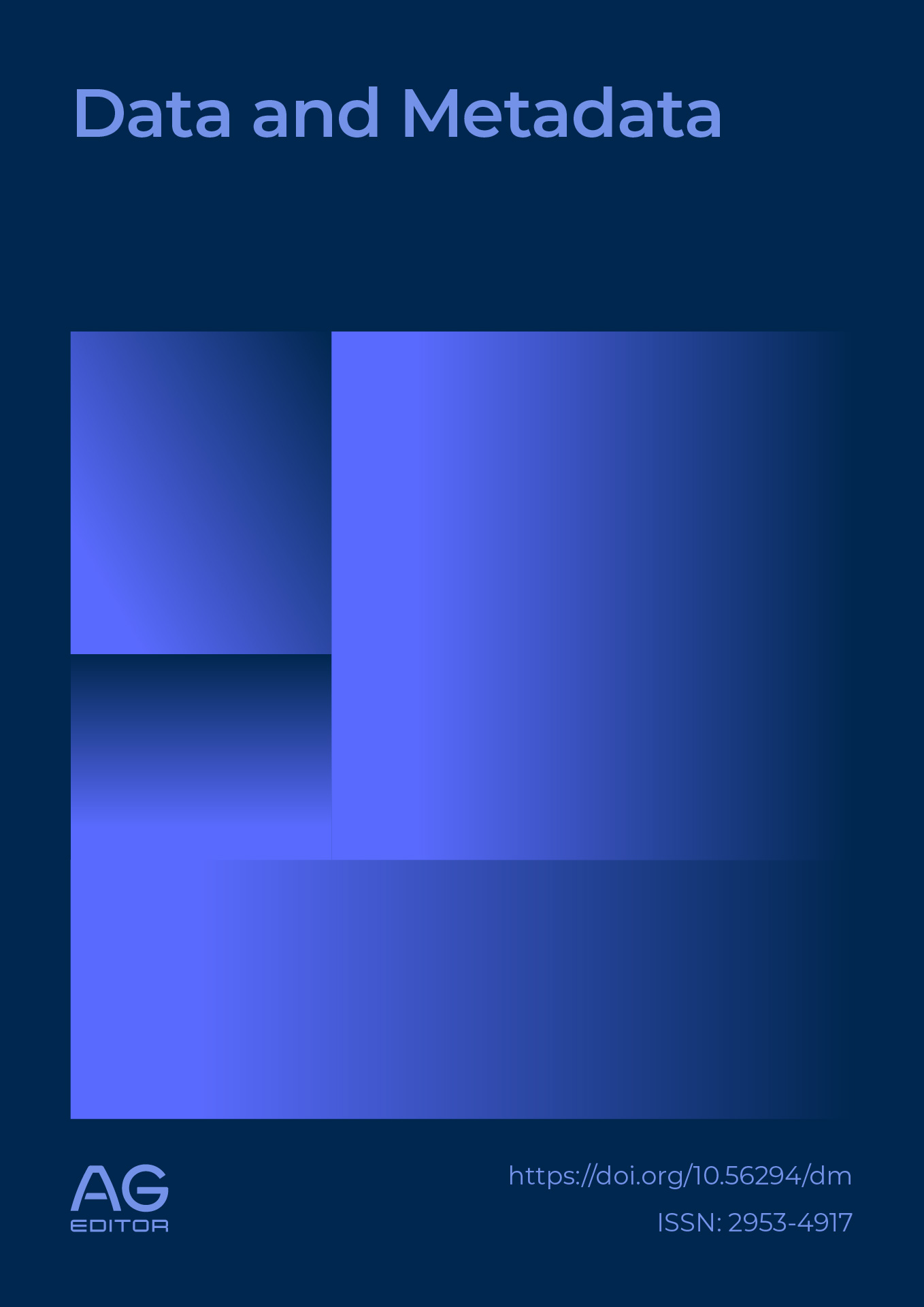Materials in Technological-Wearable Devices for Health: Review and Perspective
DOI:
https://doi.org/10.56294/dm2025200Keywords:
Health wearables, integrated technology, biomedical sensors, materials, industrial designAbstract
The convergence between the textile industry and technology has revolutionized material design, enabling the development of smart textiles for wearable technological devices, especially in the healthcare sector. These devices, designed to continuously monitor physiological parameters and provide personalized support, have found in smart textiles an essential solution thanks to their properties of flexibility, comfort and adaptability, key to their prolonged use. This article examines the evolution of smart textiles from passive textiles, capable of responding to environmental stimuli, to ultra-smart textiles, which integrate sensors, actuators, microprocessors, and artificial intelligence algorithms to process information and offer adaptive solutions.
The critical properties of smart textile materials are analyzed, such as their conductive, sensory, biocompatible, and energy-harvesting capabilities, as well as their application in areas such as health monitoring, treatment delivery, fall prevention, and rehabilitation. Advances in manufacturing methods are also explored, highlighting associated challenges such as technology integration and sustainability. This study presents a systematic review culminating in an integrative table of the main textile materials used in wearables for health, providing a clear view of their current potential and future areas of research. This approach not only highlights technological advancements, but also opportunities for innovation in smart textile design, positioning them as a key element in the transformation of personalized and technological health.
References
1. Islam MR, Afroj S, Yin J, Novoselov KS, Chen J, Karim N. Advances in Printed Electronic Textiles. Advanced Science. 2024;11(6).
2. Wu S. An Overview of Hierarchical Design of Textile-Based Sensor in Wearable Electronics. Crystals (Basel). 2022;12(4).
3. Ehrmann G, Ehrmann A. Electronic Textiles. Encyclopedia. 2021;1(1):115–30.
4. Ismar E, Kurşun Bahadir S, Kalaoglu F, Koncar V. Futuristic Clothes: Electronic Textiles and Wearable Technologies. Global Challenges. 2020;4(7).
5. Naeem MA, Javed K, Fraz A, Anwar F. Recent Trends in Wearable Electronic Textiles (e-Textiles): A Mini Review. Journal of Design and Textiles. 2023;2(1):62–72.
6. Li L, Zhao L, Hassan R, Ren H. Review on Wearable System for Positioning Ultrasound Scanner. Vol. 11, Machines. MDPI; 2023.
7. Bhushan B. Biomimetics: Lessons from Nature - an overview. Philosophical Transactions of the Royal Society A: Mathematical, Physical and Engineering Sciences. 2009 Apr 28;367(1893):1445–86.
8. Kamps T, Gralow M, Schlick G, Reinhart G. Systematic Biomimetic Part Design for Additive Manufacturing. In: Procedia CIRP. Elsevier B.V.; 2017. p. 259–66.
9. Sundriyal P, Bhattacharya S. Textile-based supercapacitors for flexible and wearable electronic applications. Sci Rep [Internet]. 2020;10(1):1–16. Available from: https://doi.org/10.1038/s41598-020-70182-z
10. Shak Sadi M, Kumpikaitė E. Advances in the Robustness of Wearable Electronic Textiles: Strategies, Stability, Washability and Perspective. Nanomaterials. 2022;12(12).
11. Khoso NA, Sheikh AA, Memon SI, Qureshi RF. Fabrication of Graphene Oxide and Conductive Polymer on Cotton Fabric with Ultrasonic ( US ) Assisted Dyeing for Washable E-Textiles Fabrication of Graphene Oxide and Conductive Polymer on Co on Fabric with Ultrasonic ( US ) Assisted Dyeing for Washable E. 2024;
12. Gonçalves C, da Silva AF, Gomes J, Simoes R. Wearable e-textile technologies: A review on sensors, actuators and control elements. Inventions. 2018;3(1):1–13.
13. Wei X, Liang X, Meng C, Cao S, Shi Q, Wu J. Multimodal electronic textiles for intelligent human-machine interfaces. Soft Science. 2023;3(2).
14. Meena JS, Choi S Bin, Jung SB, Kim JW. Electronic textiles: New age of wearable technology for healthcare and fitness solutions. Mater Today Bio [Internet]. 2023;19(February):100565. Available from: https://doi.org/10.1016/j.mtbio.2023.100565
15. Júnior HLO, Neves RM, Monticeli FM, Dall Agnol L. Smart Fabric Textiles: Recent Advances and Challenges. Textiles. 2022;2(4):582–605.
16. Exploring Computational Materials for Fashion: Recommendations for Designing Fashionable Wearables [Internet]. Available from: www.ijdesign.org
17. Dulal M, Afroj S, Ahn J, Cho Y, Carr C, Kim ID, et al. Toward Sustainable Wearable Electronic Textiles. ACS Nano. 2022;16(12):19755–88.
18. Baysal G. Flexible and Stretchable Printable Conductive Inks for Wearable Textile Applications. Tekstil ve Muhendis. 2024;31(133):49–62.
19. Repoulias A, Ertekin M, Galata SF, Pesez J, Anicaux C, Vassiliadis S, et al. The Effect of Ambient Humidity on the Performance of a Wearable Textile Triboelectric Generator. Energy Technology. 2023 Jul 1;11(7).
20. Sun X, Zhao C, Li H, Yu H, Zhang J, Qiu H, et al. Wearable Near-Field Communication Sensors for Healthcare: Materials, Fabrication and Application. Vol. 13, Micromachines. MDPI; 2022.
Downloads
Published
Issue
Section
License
Copyright (c) 2025 Roberto Moya-Jiménez , Elizabeth Morales-Urrutia , Andrea Lara-Saltos , Andrea Goyes-Balladares , José Miguel Ocaña , Juan Paredes-Chicaiza , Wilmer Chaca-Espinoza , Andres Medina-Moncayo (Author)

This work is licensed under a Creative Commons Attribution 4.0 International License.
The article is distributed under the Creative Commons Attribution 4.0 License. Unless otherwise stated, associated published material is distributed under the same licence.



